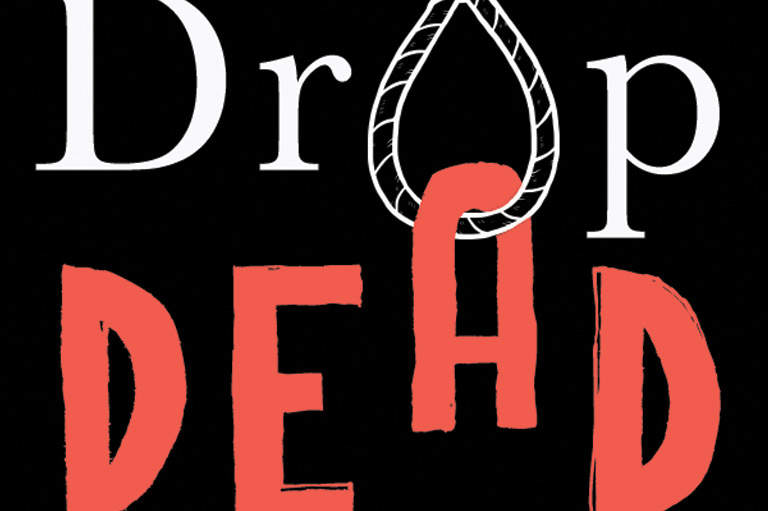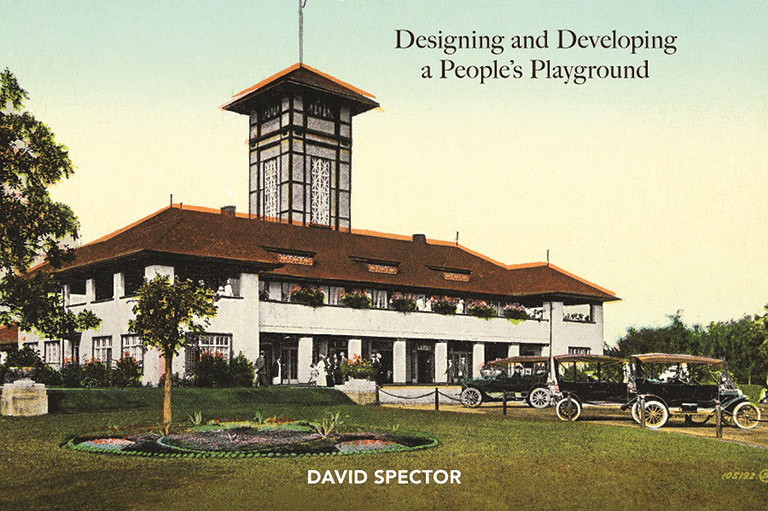Standing Up to Big Nickel

Standing Up to Big Nickel: The Story of the Mine, Mill and Smelter Workers’ Strike, 1958
by Elizabeth Quinlan
McGill-Queen’s University Press
228 pages, $34.95
When 14,000 striking workers at the Inco nickel mine and smelter in Sudbury, Ont., put down their tools on Sept. 24, 1958, they unexpectedly ushered in a new era in Canadian labour history. In Standing Up to Big Nickel, author Elizabeth Quinlan demonstrates how this strike marked a shift from traditional working-class struggle to the more cautious approach taken by unions bound by new and restrictive postwar legislation. The latter, says Quinlan, helps explain the declining power of organized labour in recent decades.
Quinlan, a sociology professor whose father was a union staff member at the time of the strike, is well positioned to describe the multicultural working-class culture of this northern Ontario city in the 1950s. Job conditions were horrific. Nasty foremen abused employees unchecked. Families struggled to grow gardens in an environment poisoned by sulphuric acid pollution. Workers, many of them recent immigrants, had little natural kinship with one another. All of this played out against the backdrop of the Cold War and the Red Scare, in which unions were suspected of being agents of Stalinism.
The International Union of Mine, Mill and Smelter Workers — shunned by the Canadian Labour Congress for its socialist ideology — was unapologetic about its roots. It focused on establishing a strong working-class culture through improved wages and benefits, but also through cultural associations, such as union-sponsored dance classes and summer camps for families. Quinlan quotes many who recall the 1950s as a golden era of community cohesion in Sudbury.
When the company, sitting on a surplus of nickel and supported by government, refused to seriously negotiate, a strike was all but inevitable. Unfortunately, three months of hardship led to a paltry settlement, cracks in union solidarity and the demise of the mine, mill and smelter workers’ union.
Standing Up to Big Nickel brings to life a key moment in labour history and reminds us that workers’ struggles are far from over.
With 7 uniquely curated newsletters to choose from, we have something for everyone.
In today’s environment of misinformation and disinformation, it can be hard to know who to believe. At Canada’s History, we tell the true stories of Canada’s diverse past, sharing voices that may have been excluded previously. We hope you will help us continue to share fascinating stories about Canada’s past, highlighting our nation’s diverse past by telling stories that illuminate the people, places, and events that unite us as Canadians, and by making those stories accessible to everyone through our free online content.
Canada’s History is a registered charity that depends on contributions from readers like you to share inspiring and informative stories with students and citizens of all ages – award-winning stories written by Canada’s top historians, authors, journalists, and history enthusiasts. Any amount helps, or better yet, start a monthly donation today. Your support makes all the difference. Thank you!
Themes associated with this article
Advertisement




